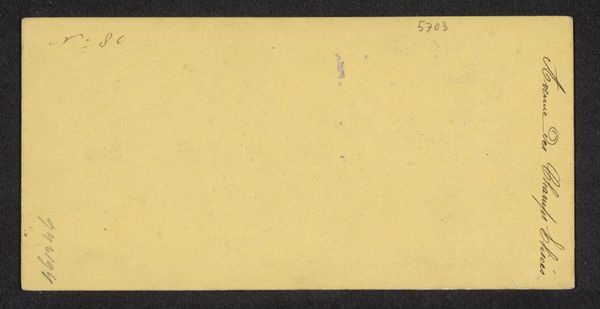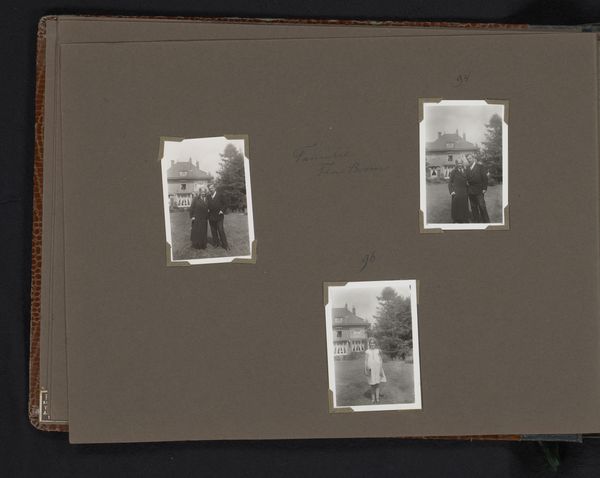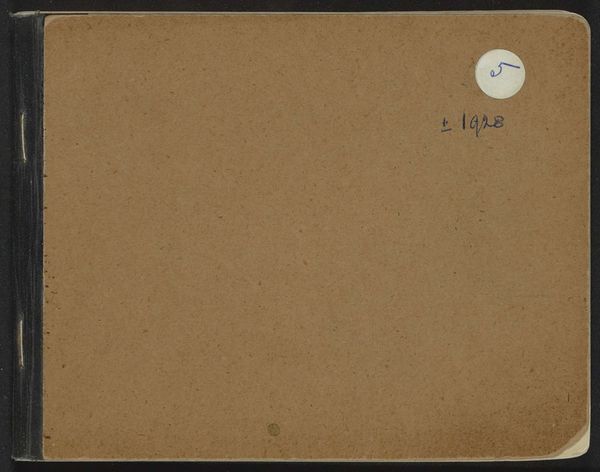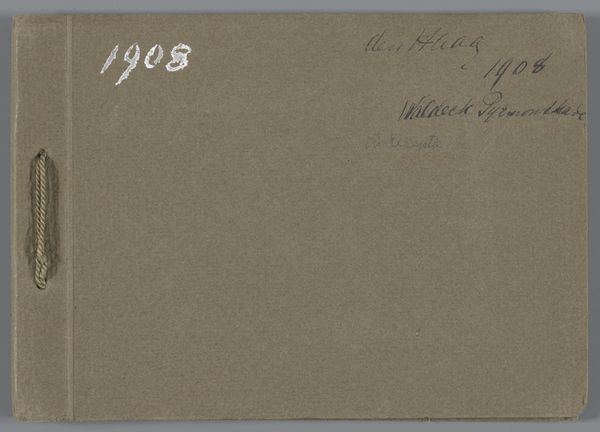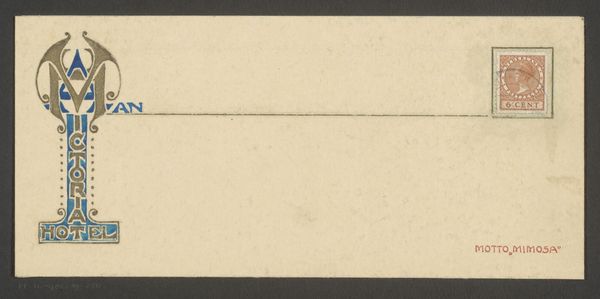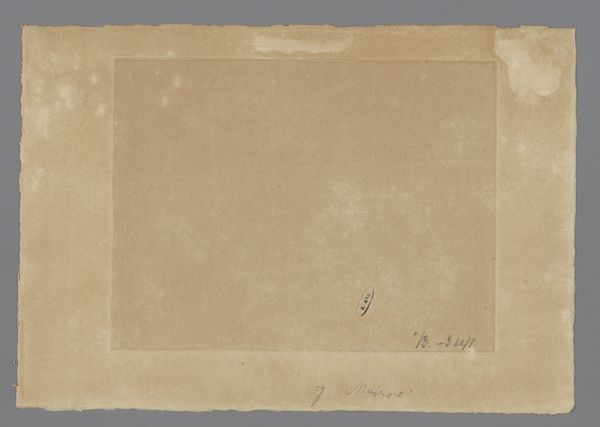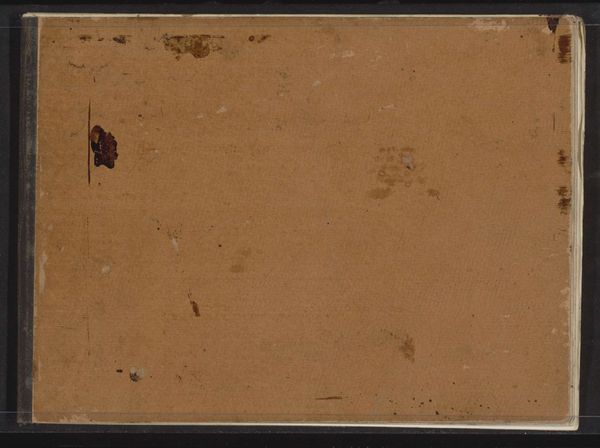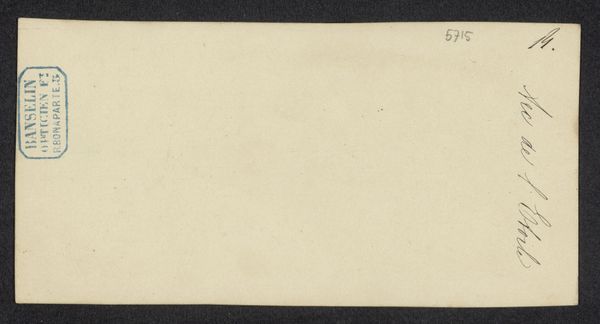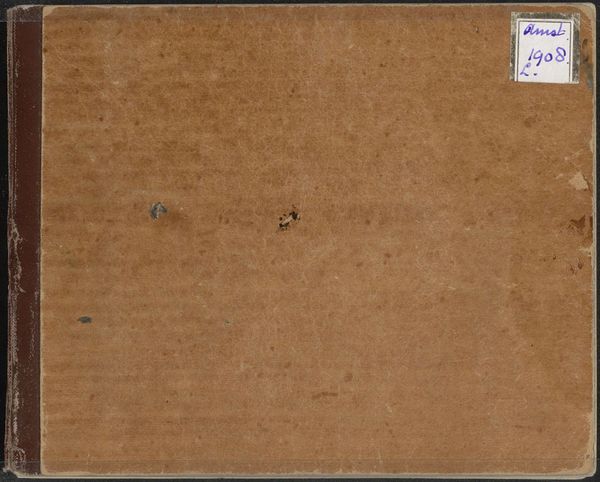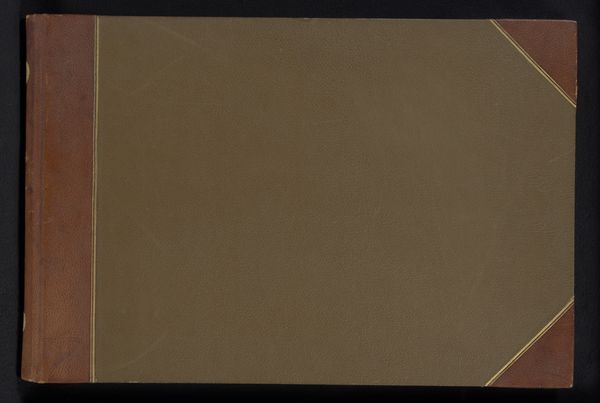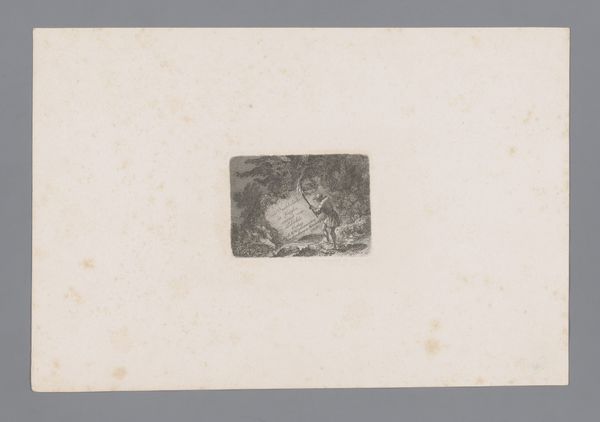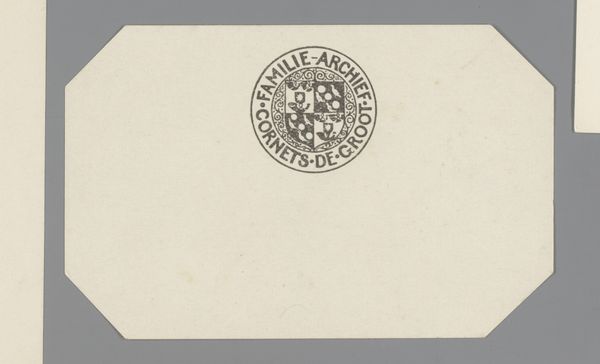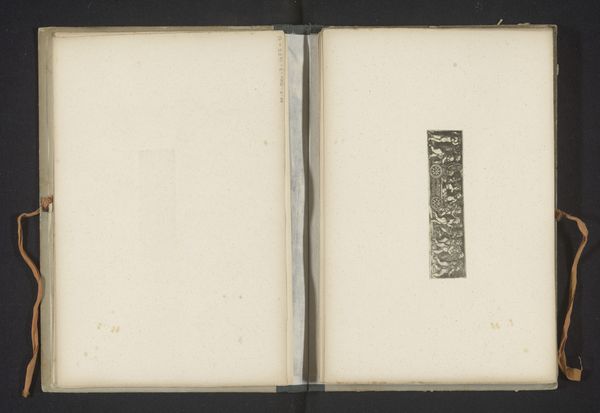
Frank Willem Tobias Furnée en een andere man bij een Griekse tempel 1926 - 1927
0:00
0:00
photography, albumen-print
#
ink paper printed
#
landscape
#
photography
#
personal sketchbook
#
photojournalism
#
ancient-mediterranean
#
visual diary
#
albumen-print
Dimensions: height 230 mm, width 310 mm
Copyright: Rijks Museum: Open Domain
Curator: This intriguing albumen print, dating from around 1926-1927, depicts Frank Willem Tobias Furnée with another man at a Greek temple. It's found within a personal sketchbook by Carolina (Loentje) Frederika Onnen. It strikes me immediately how small the actual photograph is in relation to the page, like a little world carefully placed there. Editor: It does have that diaristic quality, doesn’t it? But I’m drawn to the materiality first: albumen printing – think of the labor involved, the specific chemical processes. This wasn’t just snapping a picture; it was a deliberate, crafted object. What were the politics of travel and access involved in its making, for Onnen, for Furnée, within a colonial context? Curator: Absolutely. That context is vital. The photograph itself, though small, carries the weight of colonial tourism. We must consider the male gaze inherent in the photographer’s position, framing a site of ancient grandeur, with two men as figures to activate it. Editor: The composition is almost anthropological. These men, posed almost formally against this monumental backdrop... What's the significance of *their* materiality in that encounter? Their clothing, their posture – signifiers of status, wealth, access – become essential components in understanding their relationship to this ancient site. The ancient reduced to almost set decoration, its labor invisibilized in the documentation of the modern male body. Curator: Precisely. It reveals the power dynamics inherent in acts of observation and documentation. The Parthenon wasn’t a vacant space waiting for European occupation; it was already interwoven in history. How are marginalized perspectives omitted from this depiction, further underlining dominant voices? The gender of the author, the inclusion of the subject.... Where does the labor divide land within all of this? Editor: A reminder that even seemingly straightforward images can be profoundly entangled with power, privilege, and the ongoing processes of meaning-making through material and image production. And that that blank canvas of a notebook surrounding the carefully printed object serves as an accusation against silence. Curator: This small photograph asks big questions, and provides us a little window to gaze back. Editor: A reminder of how even seemingly straightforward images are bound in complex networks of material production, the power of ownership, and visibility, and silence.
Comments
No comments
Be the first to comment and join the conversation on the ultimate creative platform.
